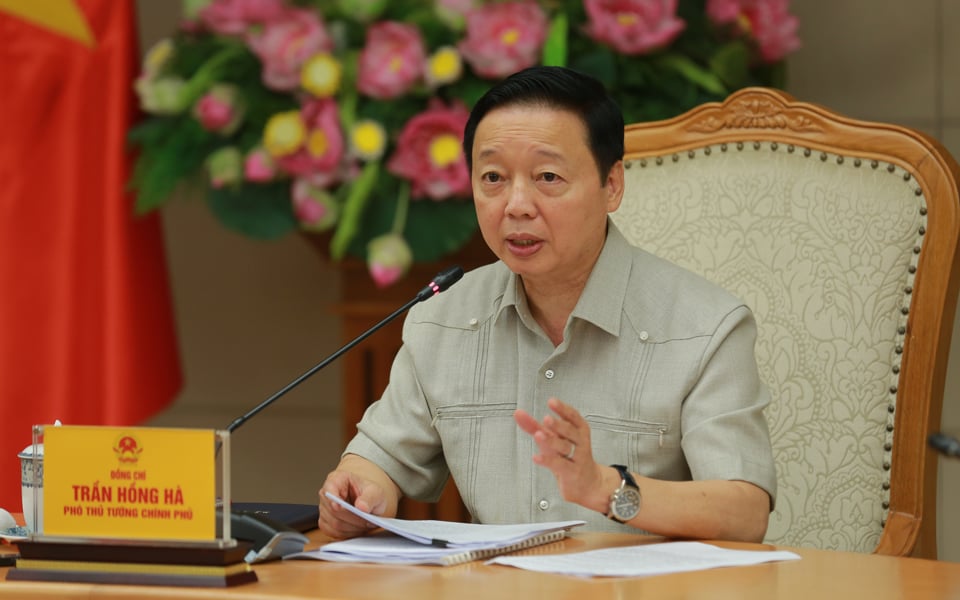
At the 10th Conference of the 13th Party Central Committee (September 2024), the Central Committee and the Politburo agreed on the policy of investing in the high-speed railway project on the North-South axis, identifying this as a political task and prioritizing investment resources for early implementation.
Focus on investment, create leverage for development
Currently, the Ministry of Transport and related units are urgently developing a pre-feasibility study report on the high-speed railway investment project on the North-South axis, preparing procedures and documents to submit to the National Assembly for consideration and comments at the October 2024 session.
According to the report of Deputy Minister of Transport Nguyen Danh Huy, the project investment objective is to build a high-speed railway line to meet transportation needs, contribute to restructuring the transportation market share on the North-South corridor in an optimal and sustainable manner, creating a premise and driving force for socio-economic development, ensuring national defense and security.
Specific goals: strive to approve investment policies before 2025; clear land and start construction before 2030; complete the entire route before 2045.
The investment scope of the project has its starting point in Hanoi: Ngoc Hoi Station Complex (the southern passenger and freight transport hub of the Hanoi railway hub). The end point in Ho Chi Minh City: Thu Thiem Station (the eastern passenger transport hub of the Ho Chi Minh City railway hub).
The project passes through 20 provinces and cities including: Hanoi, Ha Nam, Nam Dinh, Ninh Binh, Thanh Hoa, Nghe An, Ha Tinh, Quang Binh, Quang Tri, Thua Thien - Hue, Da Nang, Quang Nam, Quang Ngai, Binh Dinh, Phu Yen, Khanh Hoa, Ninh Thuan, Binh Thuan, Dong Nai, Ho Chi Minh City.
To optimize transportation costs, promote the advantages of each mode, international experience, the capacity of the current infrastructure system, the results of forecasting transportation demand, the function of the railway line on the North-South axis, the pre-feasibility study report proposes: Building a new double-track railway line, 1,435 mm gauge, electrification, design speed 350 km/h, load capacity 22.5 tons/axle; length of about 1,541 km with 23 passenger stations, 5 freight stations; high-speed railway for transporting passengers, meeting dual-use requirements for national defense and security, and being able to transport goods when necessary; the existing North-South railway for transporting goods and short-distance tourists.
At the meeting, delegates said that investing in a large project like the North-South high-speed railway requires "tightening the belt" to focus on investment, creating leverage for development.
Leaders of the Ministries of Planning and Investment, Finance, Science and Technology, Information and Communications, etc. discussed and clarified a number of specific mechanisms and policies in the pre-feasibility study report to be submitted to the National Assembly at the upcoming session, such as: Scope of project investment; investment efficiency for the railway sector and the whole economy; investment forms, capital mobilization solutions; implementation plans for connection with other modes of transport; orientation for industrial development, railway services; effective exploitation of land funds along the route; decentralization and delegation of authority to ministries, branches, and localities;...
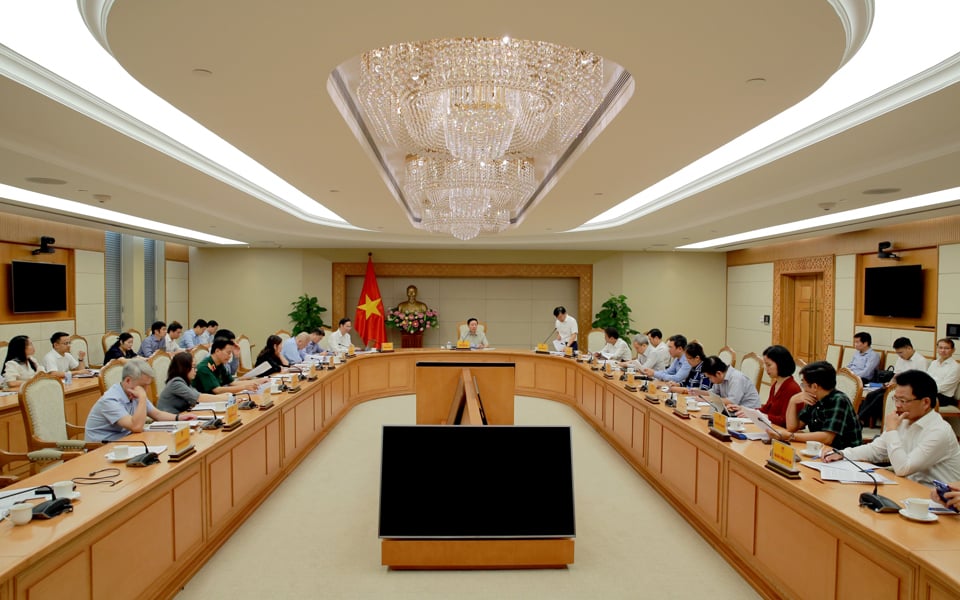
There must be a mechanism for localities and businesses.
Concluding the meeting, Deputy Prime Minister Tran Hong Ha requested the Ministry of Transport to absorb and thoroughly grasp the direction of the Central Committee and the Politburo, as well as the enthusiastic contributions of ministries, branches, experts and the people; continue to update and complete the pre-feasibility study report to be submitted to the National Assembly, focusing on issues with scientific and practical basis.
Specifically, in addition to the investment scope from the project's starting point in Hanoi to the end point in Ho Chi Minh City, it is also necessary to consider and study the option of extending the high-speed railway line from Mong Cai to Ca Mau.
"The Ministry of Transport must analyze the advantages and benefits of investing in the entire route, which will be synchronously connected with other modes of transport compared to investing in some sections of the route in advance. Evaluate the effectiveness of high-speed railways specializing in passenger transport (or combined with freight transport when necessary) for the entire economy, not limited to the railway industry," said the Deputy Prime Minister.
In addition, the pre-feasibility report needs to demonstrate the investment viewpoint of building a railway line with a design speed of 350 km/h "as straight as possible", "crossing mountains when meeting mountains, building bridges when meeting rivers".
Regarding the form of investment implementation, the Deputy Prime Minister requested the Ministry of Transport to clarify the advantages and disadvantages in the case of considering the entire route as one project or having many component projects; propose specific mechanisms and policies on investment phases, allocating central and local capital sources at once or in phases every 5 years, using bonds, ODA and other legal sources, and taking advantage of the public debt ceiling.
In addition, the Ministry of Transport needs to propose solutions to strengthen decentralization, delegation of authority, and assign responsibility to localities for site preparation, construction of technical infrastructure works, stations, etc., while the Central Government unifies the management of standards and norms from design, infrastructure, vehicles, information systems, operations, etc.; at the same time, "assign tasks" to private enterprises to mobilize external resources, from land funds on both sides of the railway line to reduce costs and state resources.
"The specific mechanisms and policies applied to urban railways in Hanoi and Ho Chi Minh City need to be considered for application to localities where railways pass through," the Deputy Prime Minister stated, and reiterated that "the project must have mechanisms for localities and private enterprises."
The Deputy Prime Minister assigned the Ministry of Industry and Trade to preside over and coordinate with the Ministry of Transport, the Vietnam Railway Authority, the Vietnam Railway Corporation, and a number of large enterprises to develop and implement a roadmap for receiving, transferring, mastering technology, and developing the railway industry from equipment production, operation, and management; ensuring synchronization and unity in technology, regulations, and standards.
"Taking the development of high-speed railways, urban railways, and Vietnam's railways in general to create a boost for the mechanical, manufacturing, automation, and other industries serving the national economy and people's lives," the Deputy Prime Minister emphasized.
The Ministry of Education and Training shall preside over and coordinate with the Ministry of Transport to develop and implement human resource training in advance, to be ready to receive, master, and be autonomous in technology, technical design, equipment manufacturing, operation, management, etc. in the railway industry.
Source: https://kinhtedothi.vn/lua-chon-ky-cong-nghe-mo-hinh-quan-ly-van-hanh-duong-sat-toc-do-cao.html


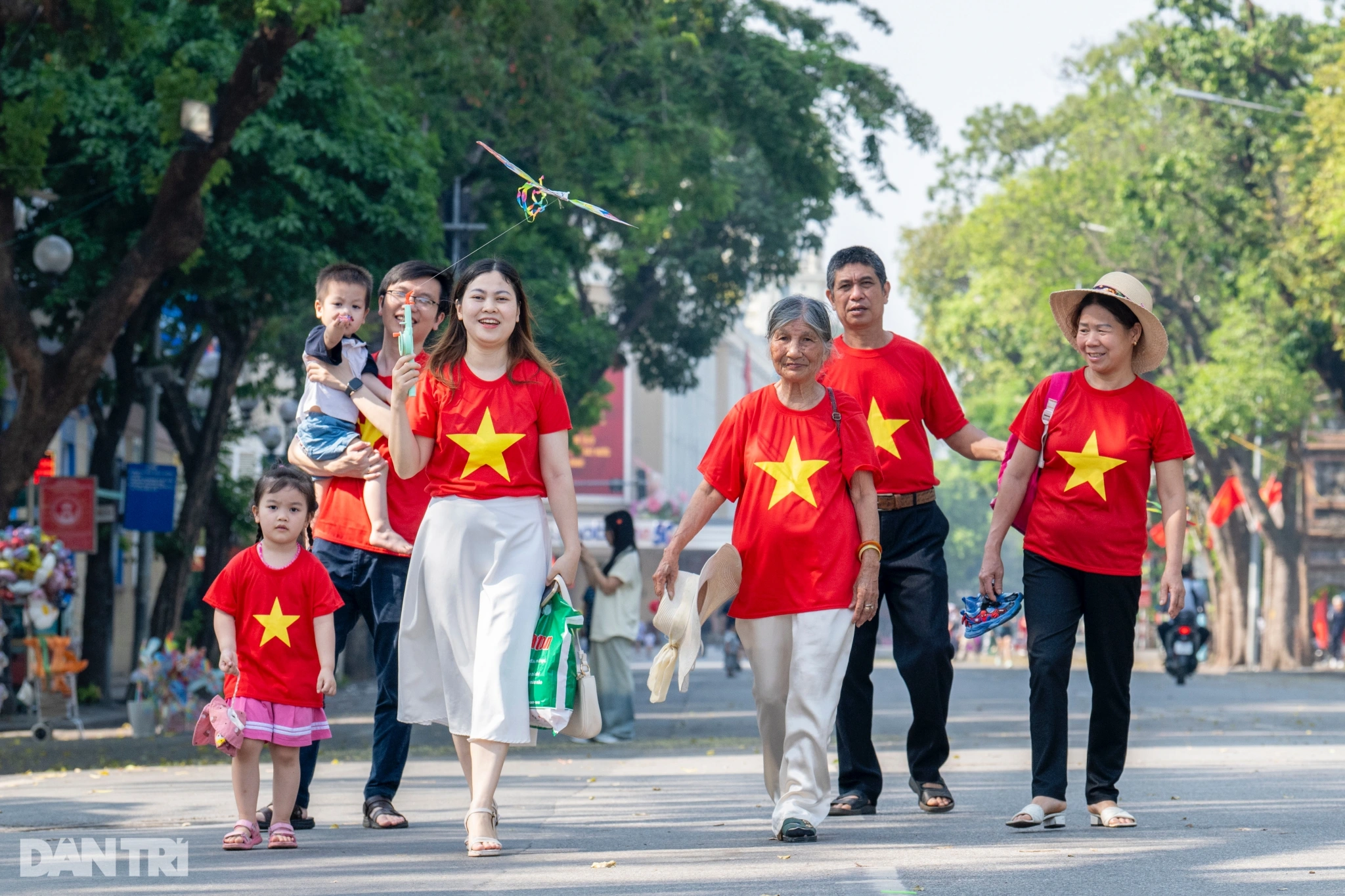
![[Photo] Bustling construction at key national traffic construction sites](https://vstatic.vietnam.vn/vietnam/resource/IMAGE/2025/5/2/a99d56a8d6774aeab19bfccd372dc3e9)
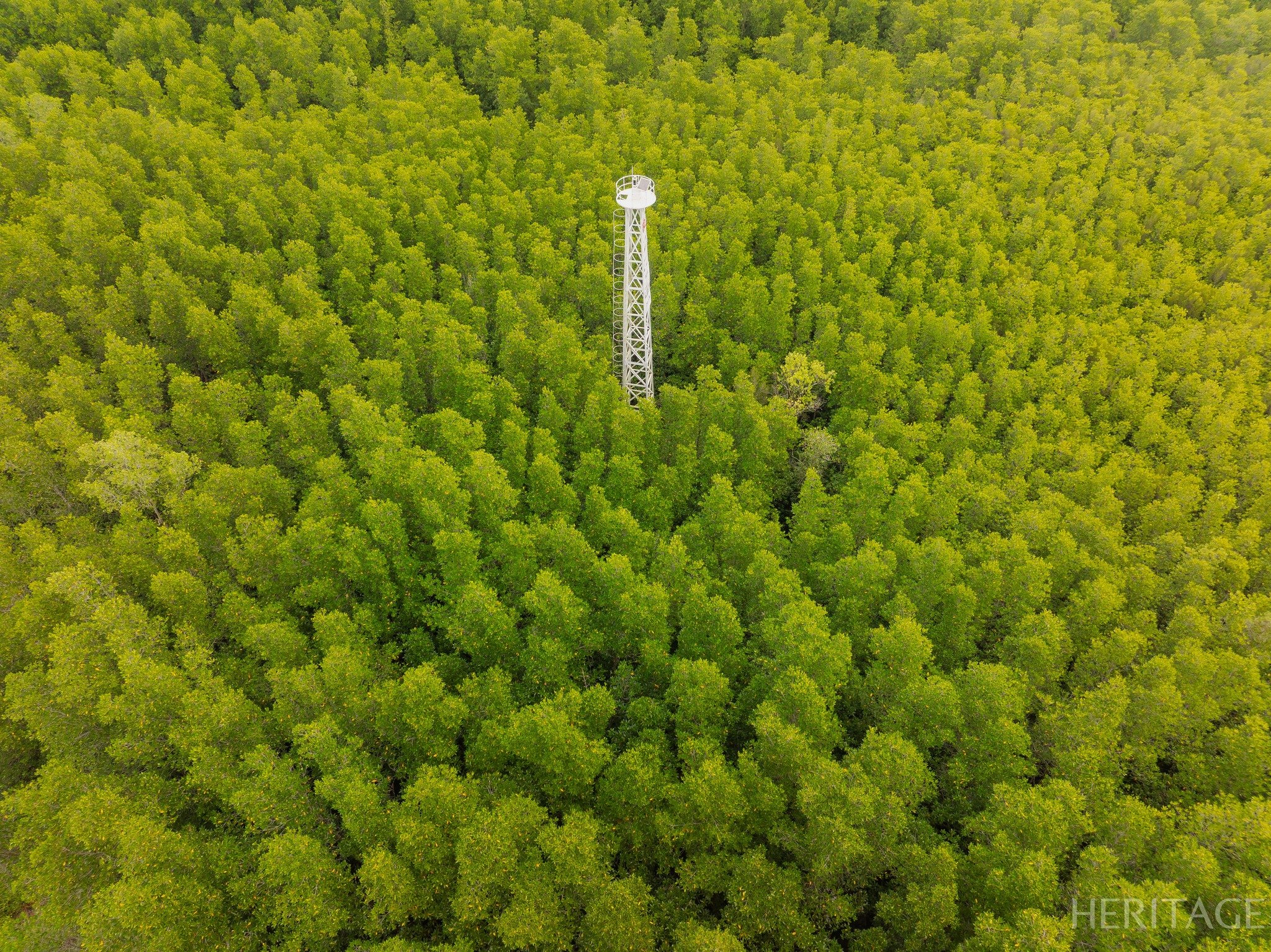



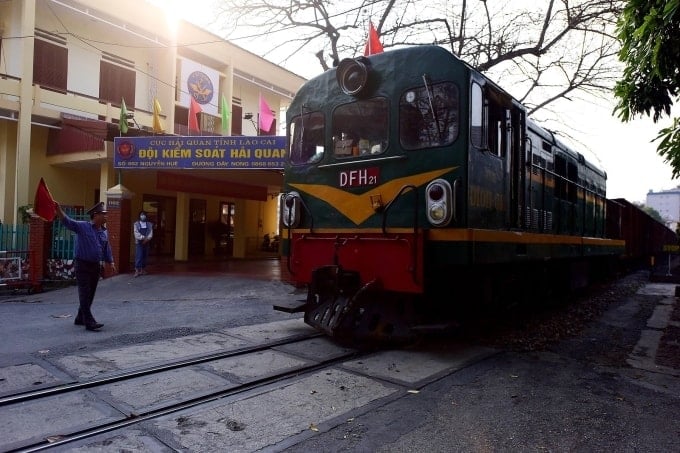

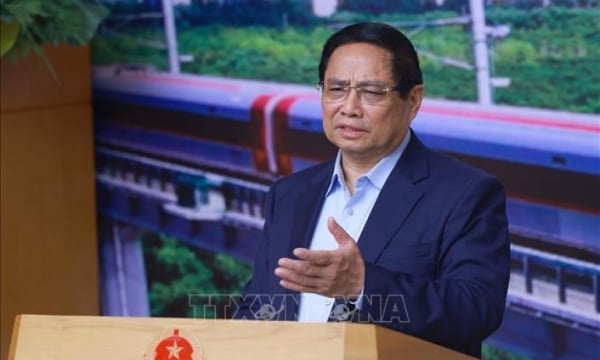
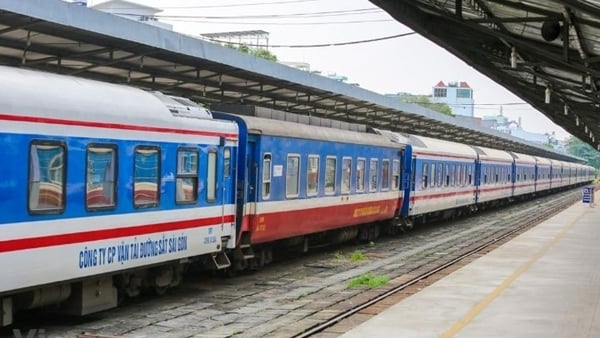

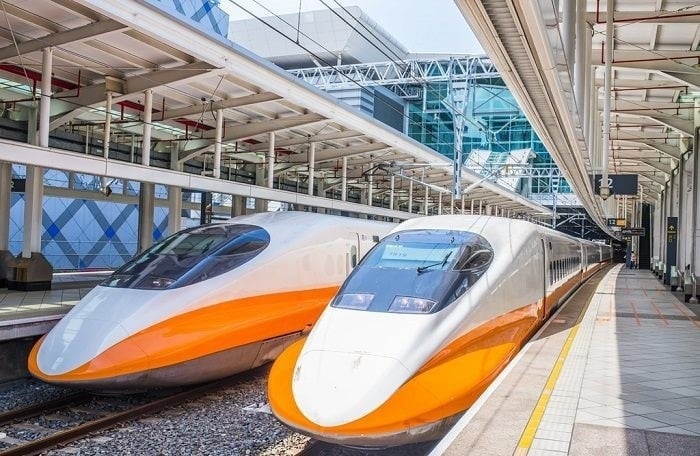
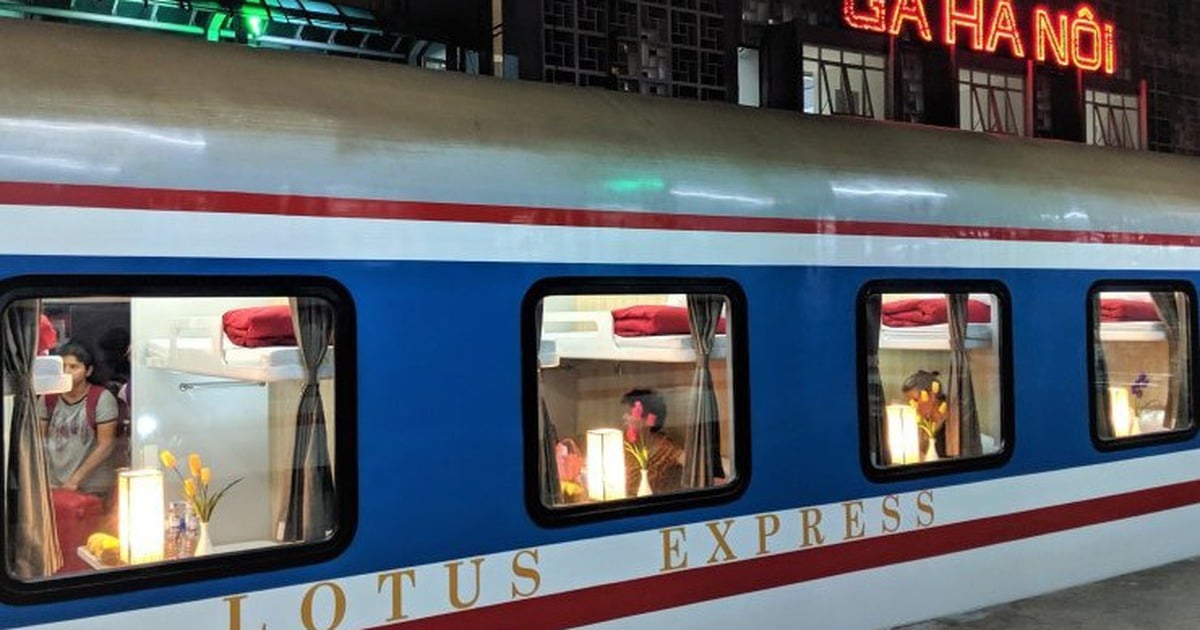



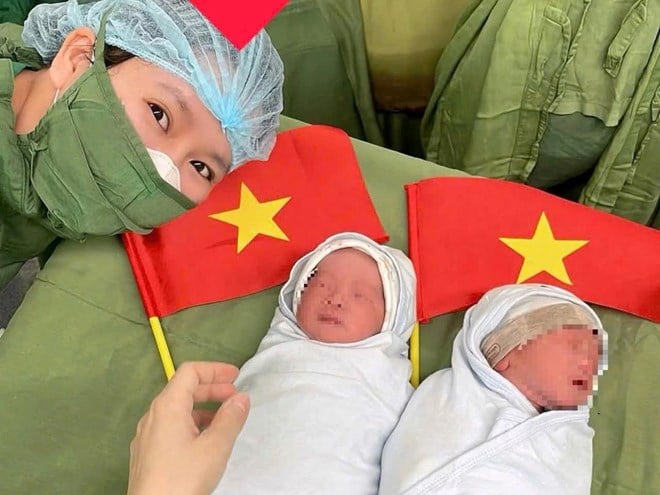

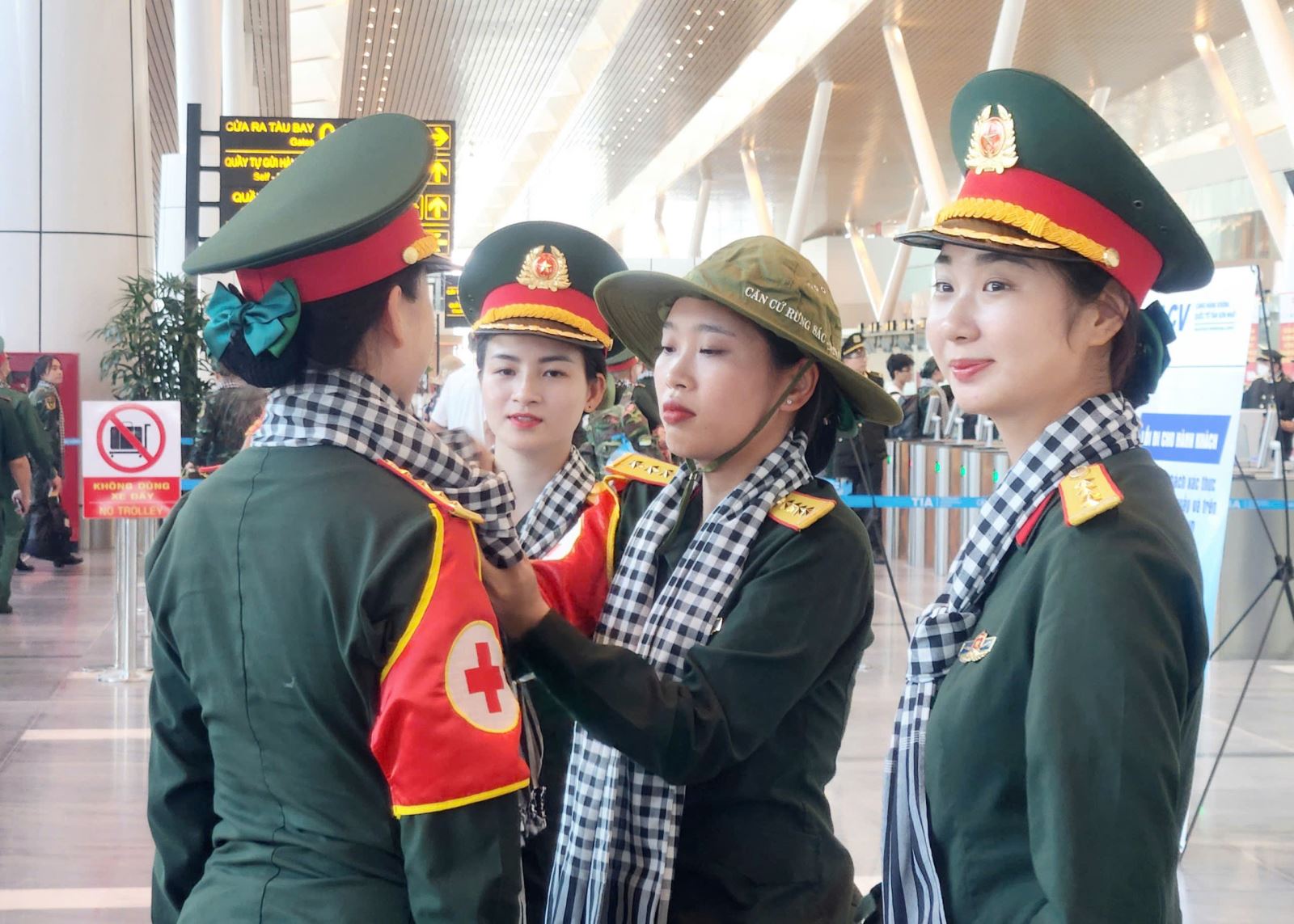
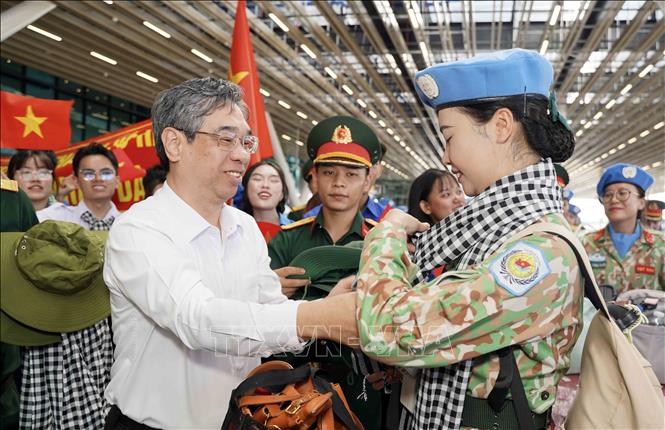




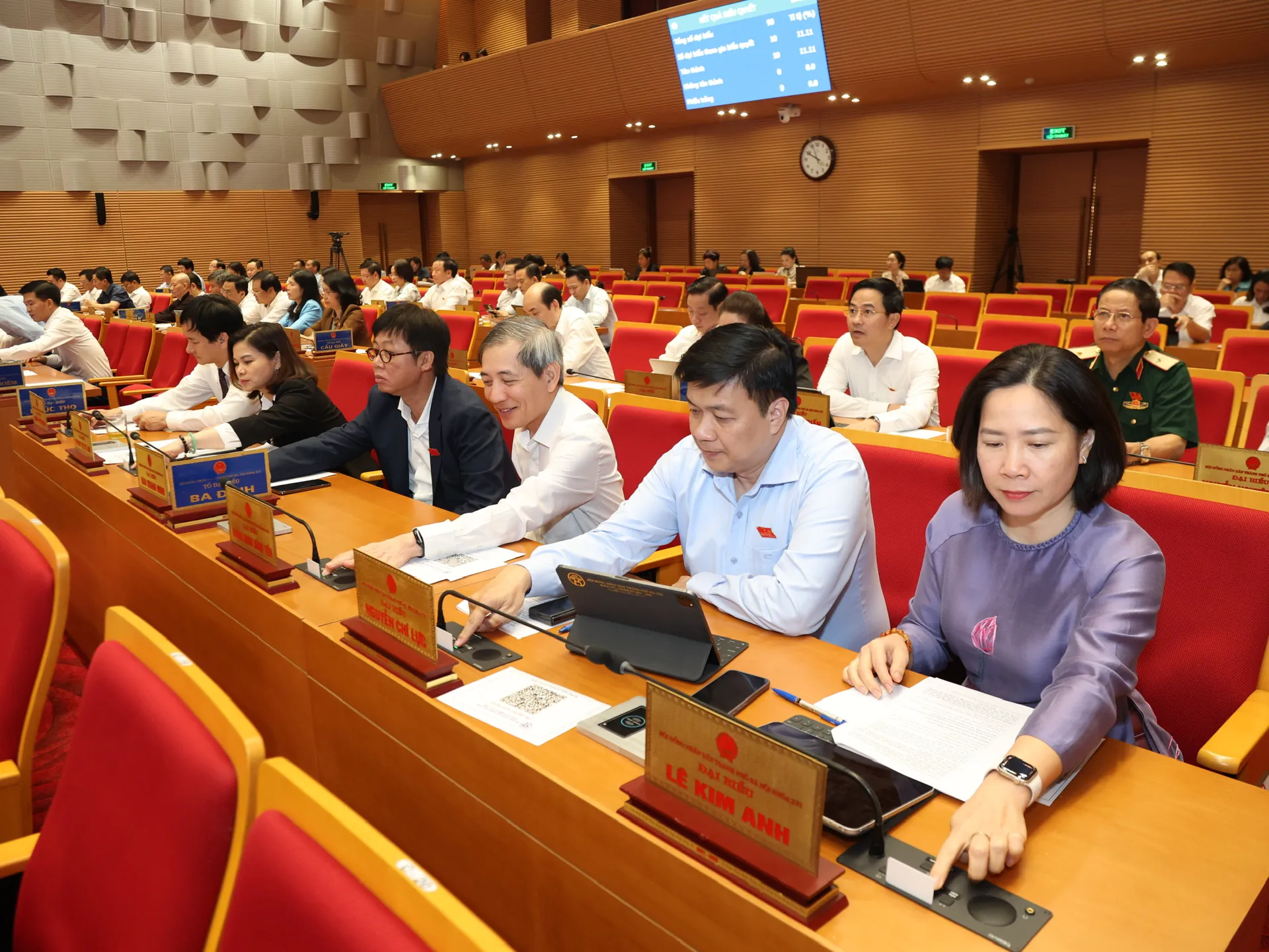

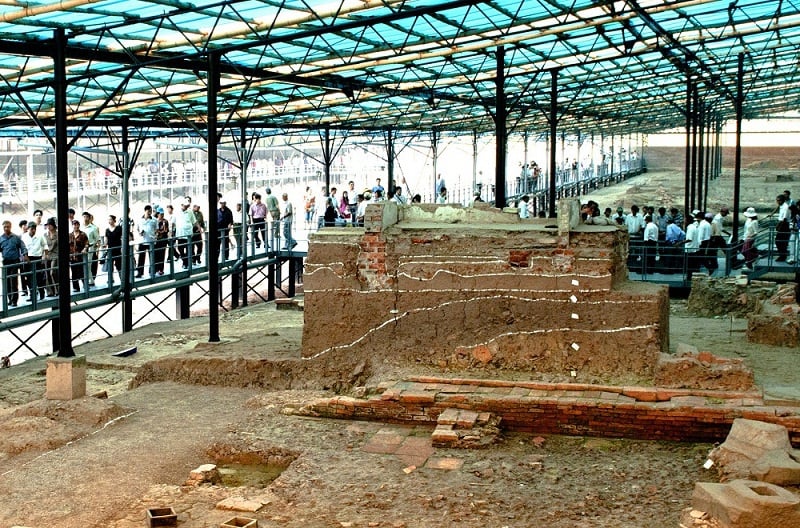
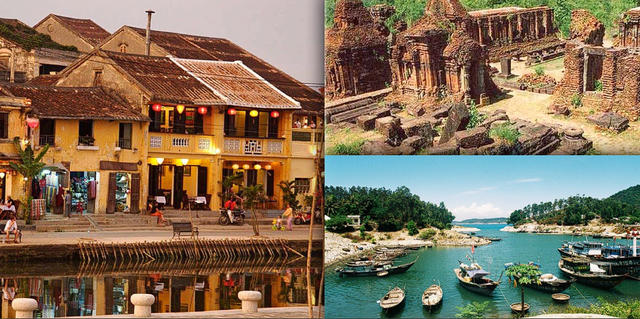
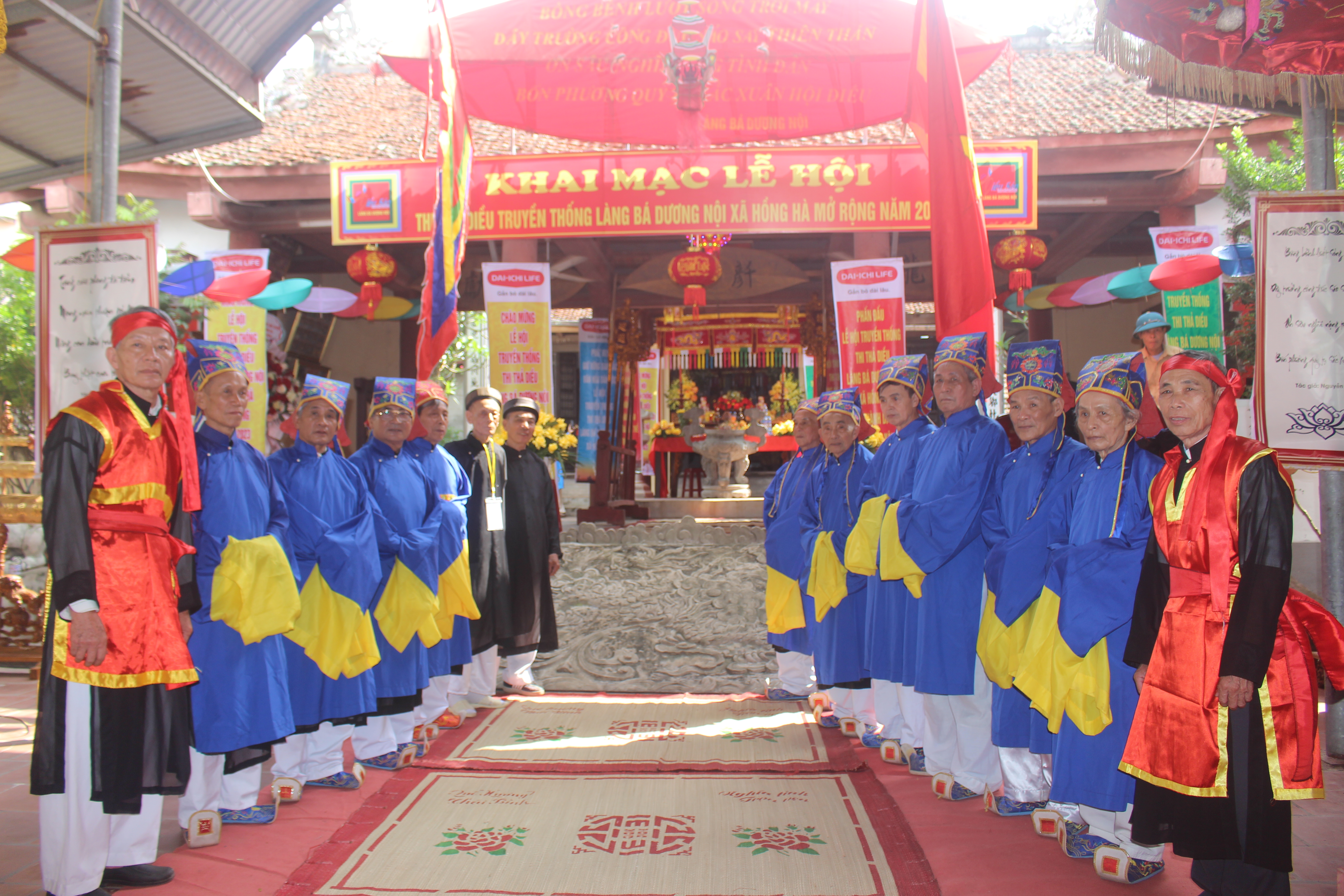
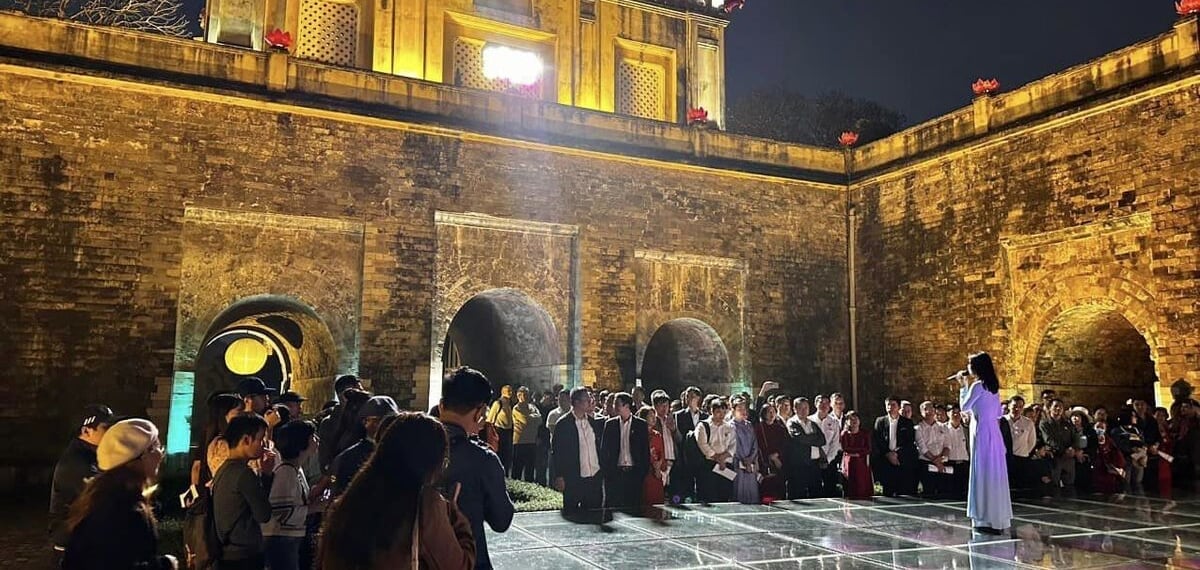
![[Photo] Binh Thuan organizes many special festivals on the occasion of April 30 and May 1](https://vstatic.vietnam.vn/vietnam/resource/IMAGE/2025/5/1/5180af1d979642468ef6a3a9755d8d51)

![[Photo] "Lovely" moments on the 30/4 holiday](https://vstatic.vietnam.vn/vietnam/resource/IMAGE/2025/5/1/26d5d698f36b498287397db9e2f9d16c)
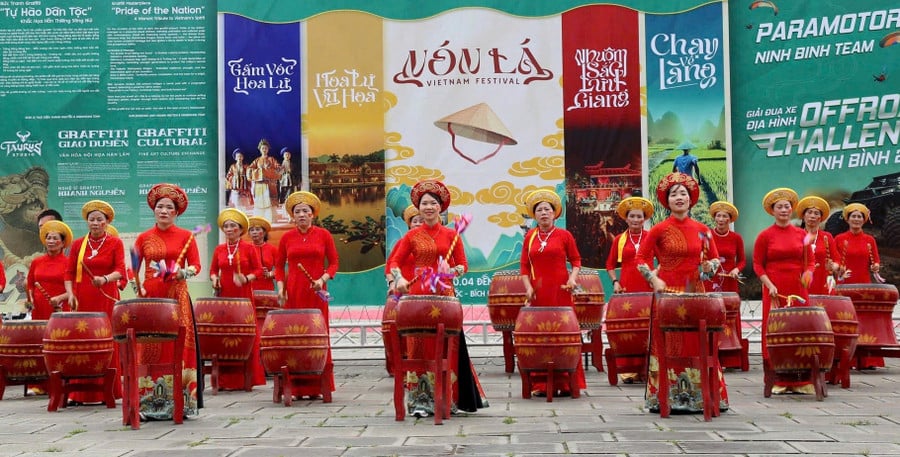

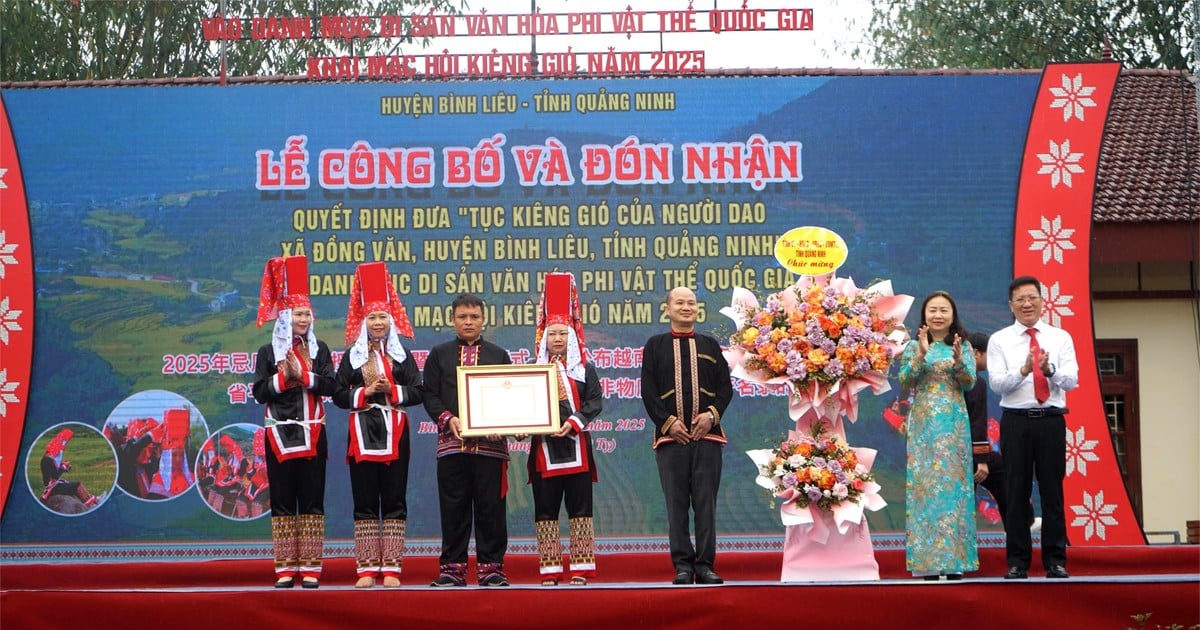
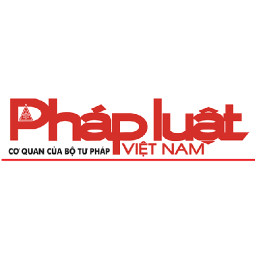




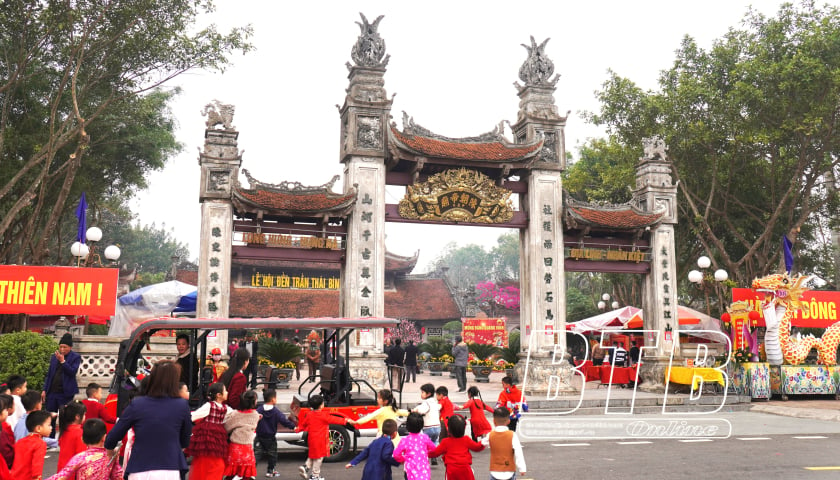


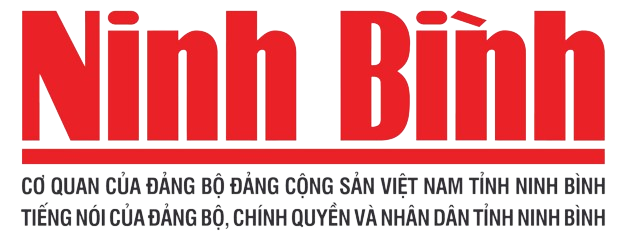
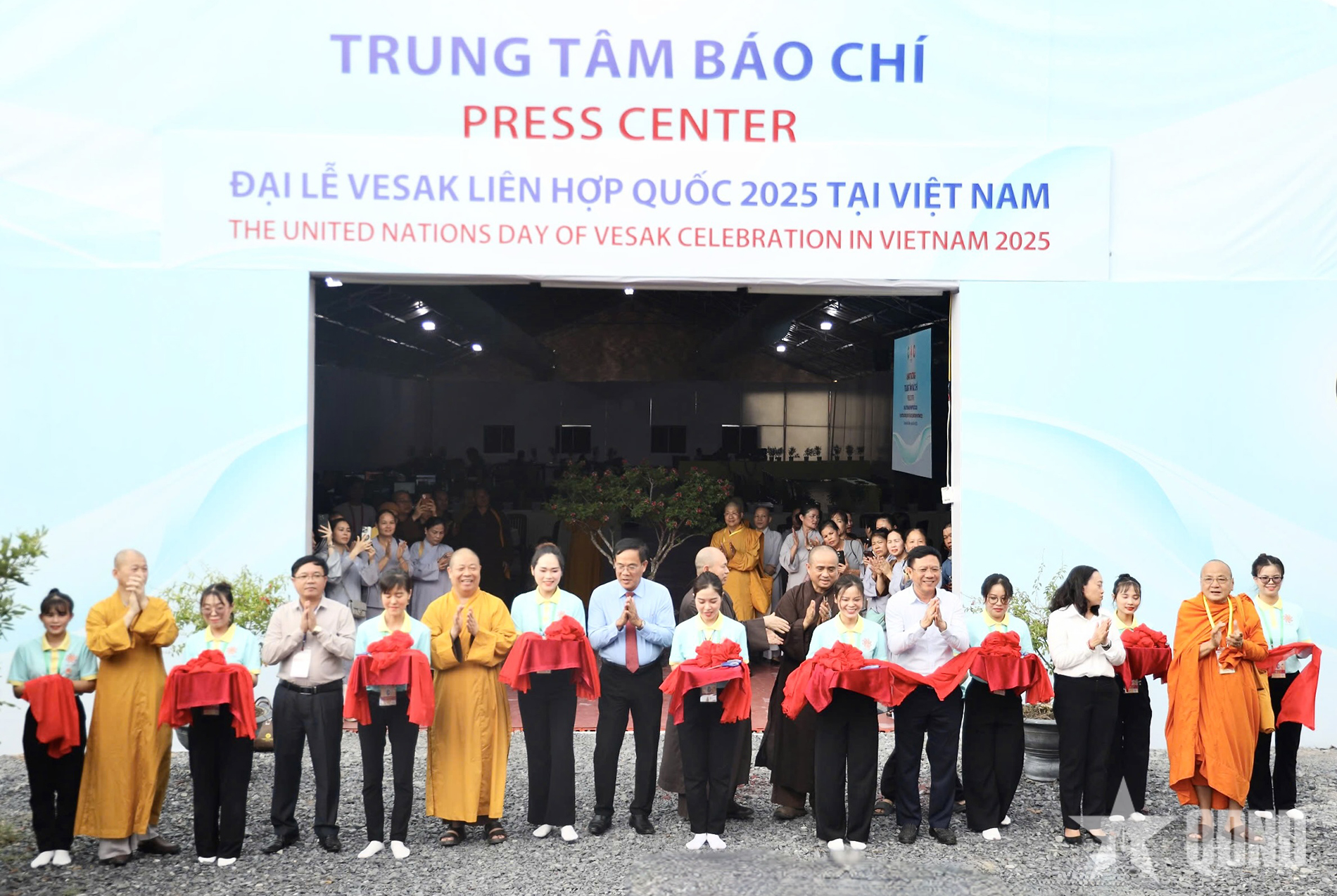



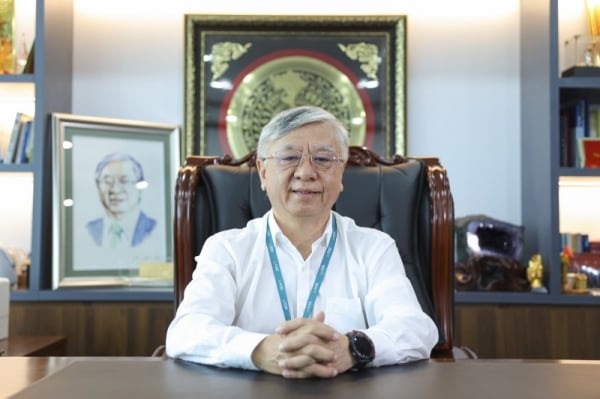

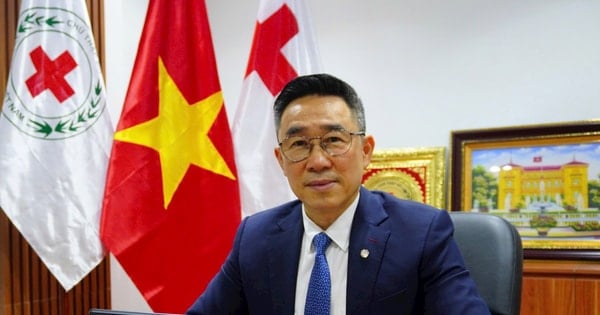






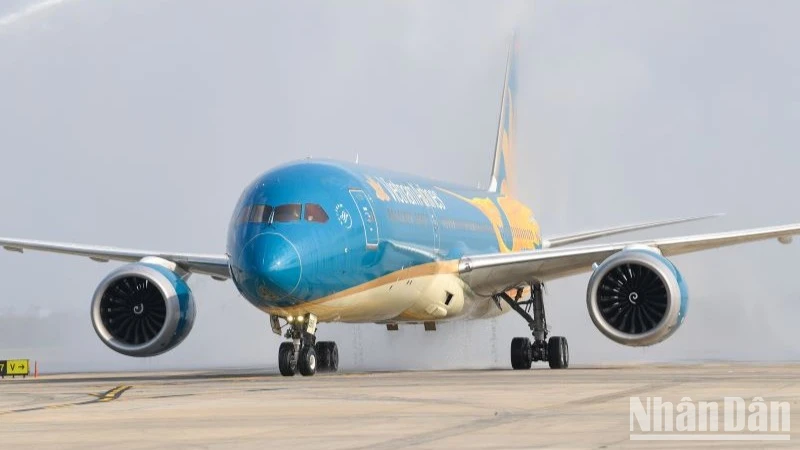




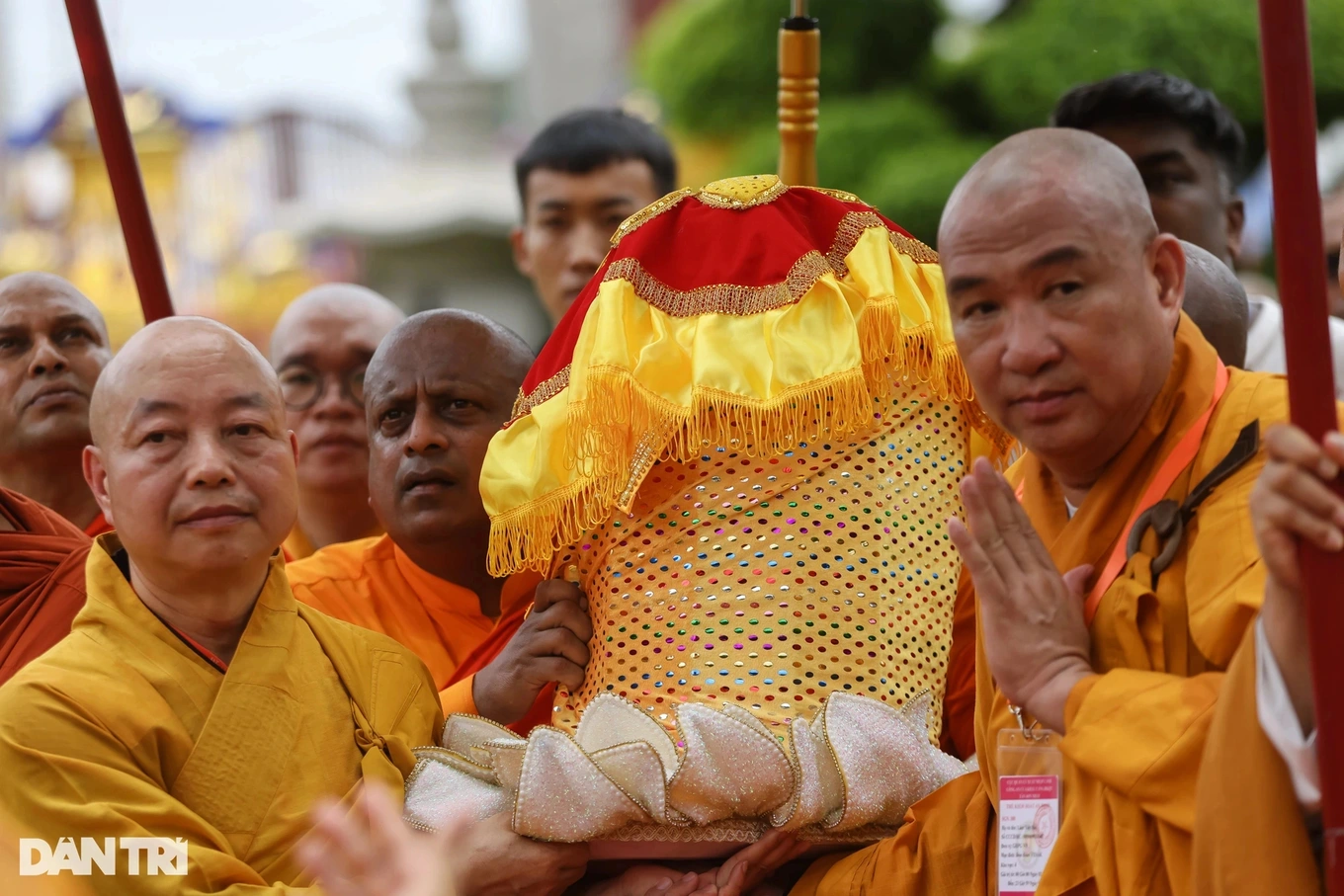

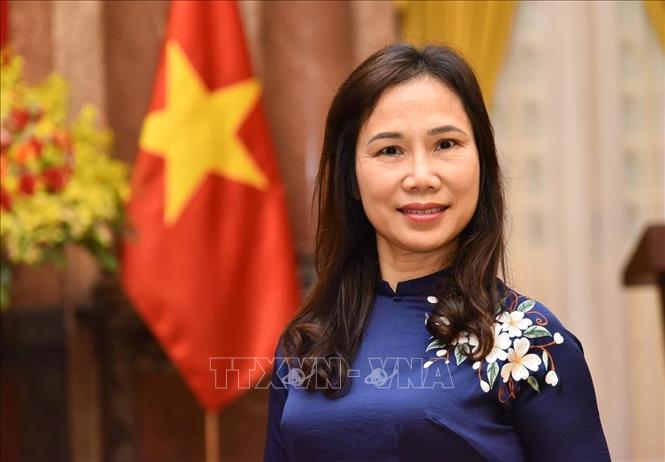

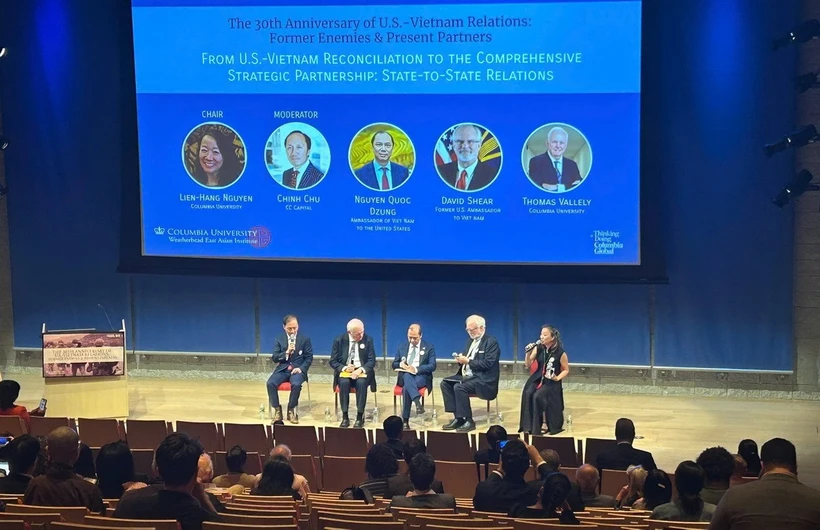
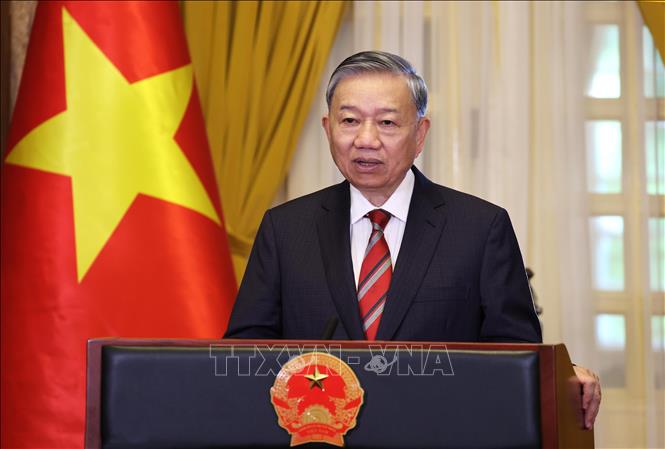
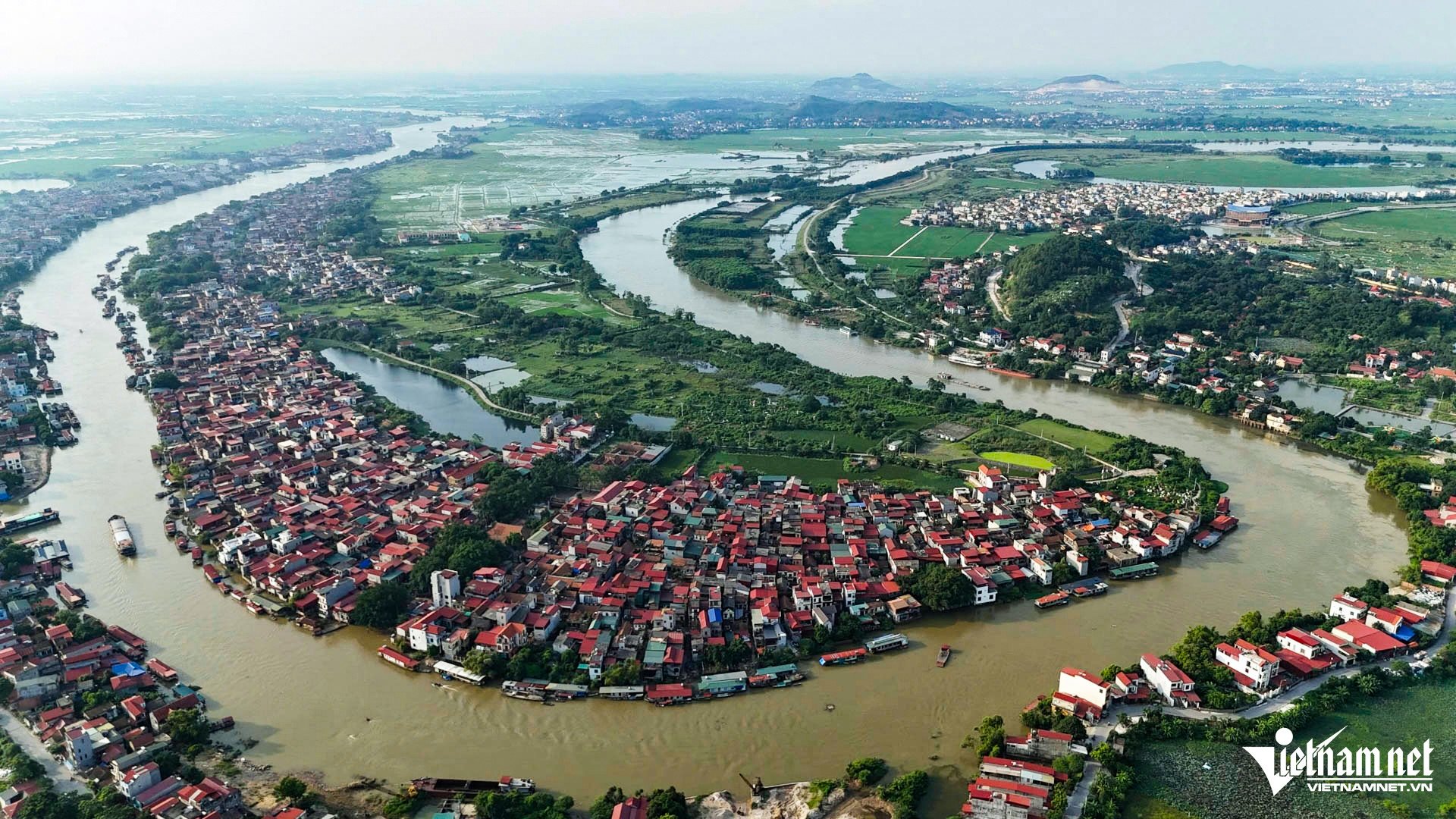
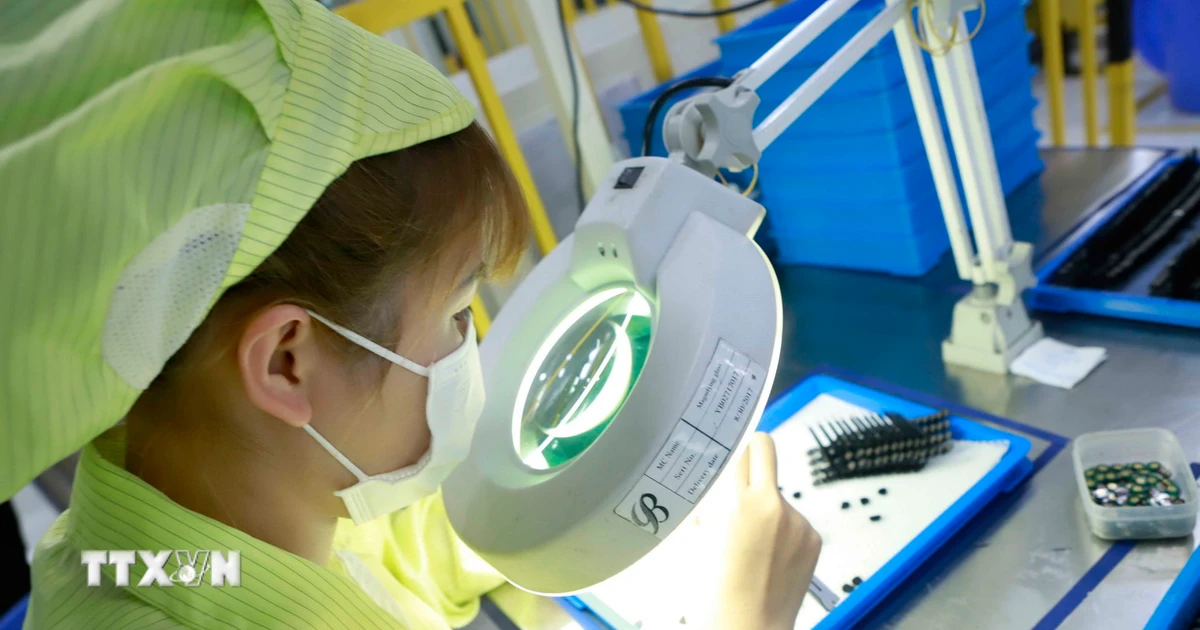
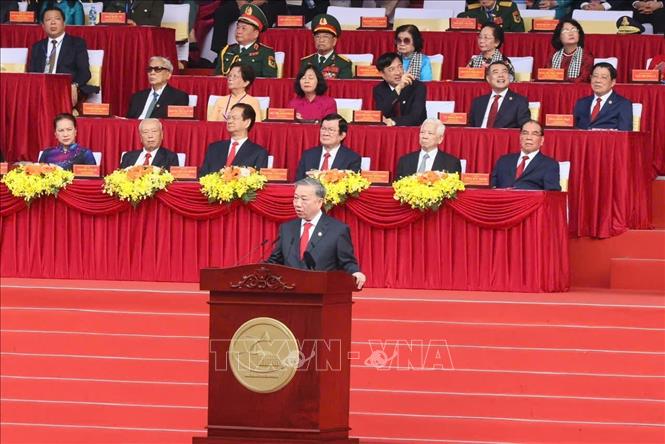







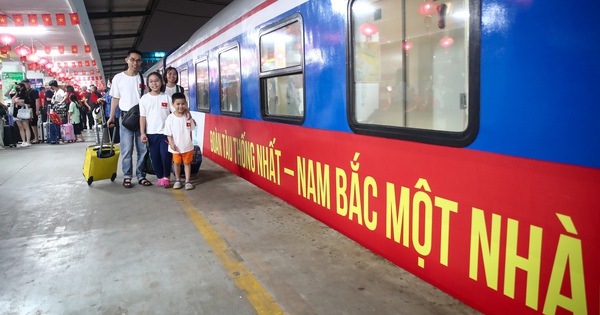

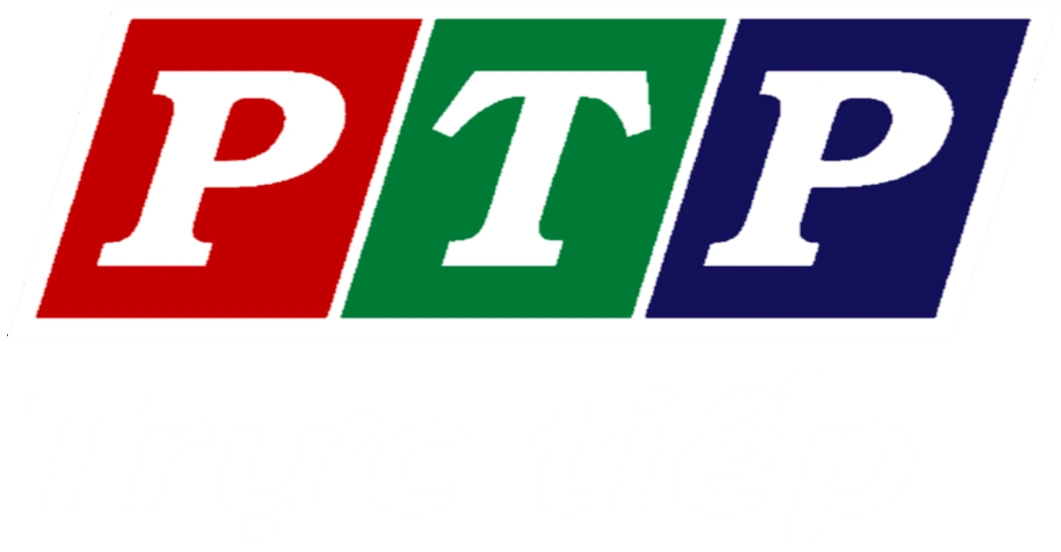

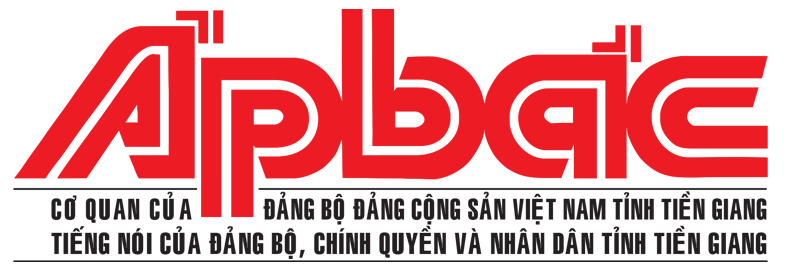
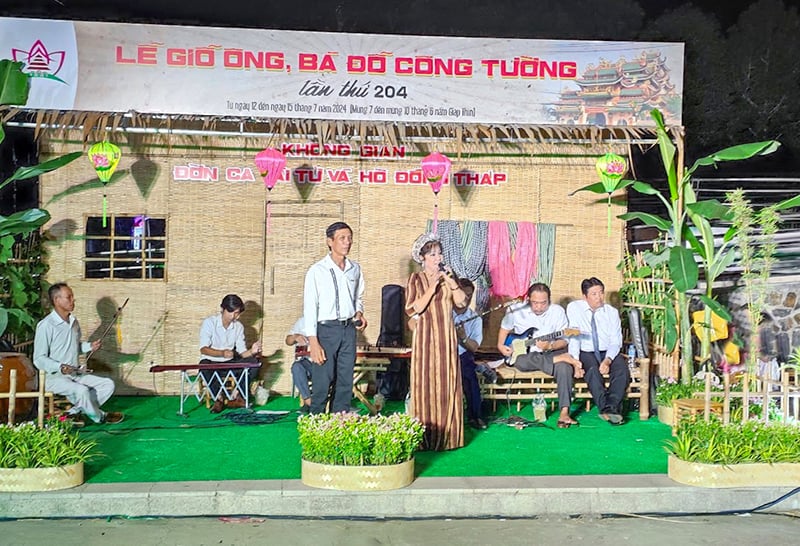
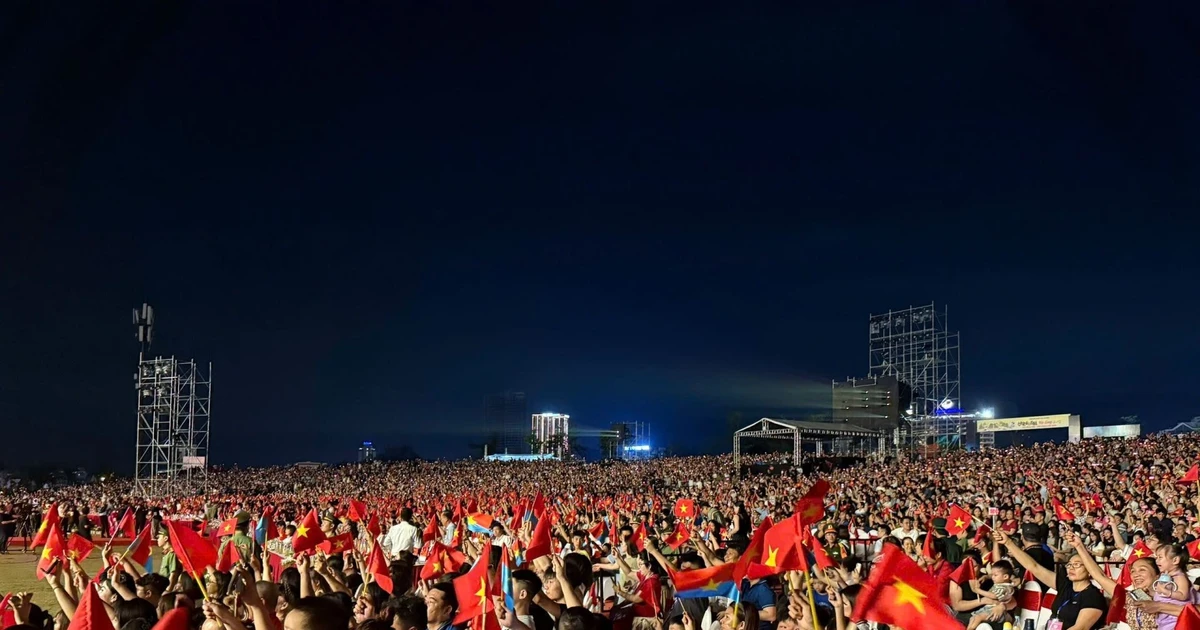

![[Podcast]. April in the heart](https://vstatic.vietnam.vn/vietnam/resource/IMAGE/2025/5/2/9d4d85d863d74637977909e5f6ad4148)



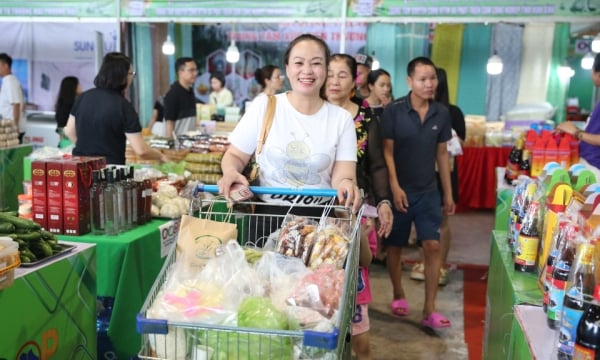

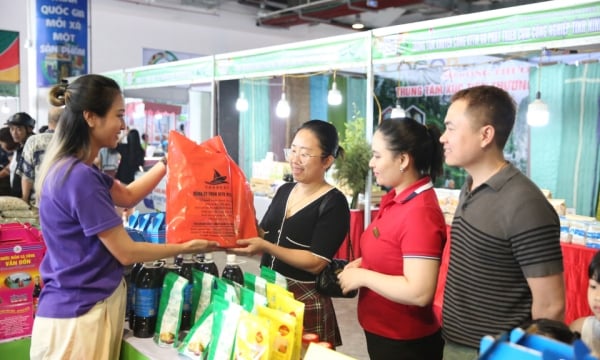



Comment (0)